Disability justice and rave culture have always been intertwined — let’s get back to our roots

By Sarah Grishpul
*audio coming soon*
Partying late into the night, always the last one to leave, it was a norm for a teenage Angel Nayyar to part with the dance floor at 5 a.m. Becoming a part of the rave scene was never a choice for her — it was where she belonged. In her early days, she frequently volunteered at local raves, known as “the helpful one” among the community. This grew a desire within her to not only absorb and appreciate rave culture, but to shape it. The now-university-graduate, notoriously known as “Angelphroot,” is one of Toronto’s most prominent DJs. Trying out DJing for herself, she never expected the gig to become a viable career, yet continues to get booked show after show.
“By learning to DJ, I realized I really like playing with music and I really like being the soundtrack to people’s coming-of-age moments,” she said.
As the COVID-19 pandemic commenced, Angelphroot found herself on a stretcher in the hallway of a hospital while a nurse treats her with pain medication. The bright lights above and the long overnight hours spent waiting in that hallway to receive care left 17-year-old Angelphroot fearful for what was to come. Her doctor later diagnoses her with ulcerative colitis — a chronic inflammatory bowel disease and autoimmune disorder that affects the immune system’s ability to protect the body from sickness.
“That was my first experience being hospitalized as well,” she said. “So I was like, wait a second, is this what being disabled is like? I don’t like this. I’m not a fan of this.”
Becoming immunocompromised throughout a pandemic is the source of a lot of anxiety for Angelphroot — not only about possibly catching the virus, but as well the outcry against public safety measures, such as masking and social distancing.
When these safety measures were being legislated, she remembers public attitudes vying along the lines of “Fuck those guys! OK, so a few immunocompromised people are gonna die, so what?” Angelphroot had come to a stern realization, “Hold on, you guys are talking about me.”
Despite all the work being done by disabled folks to further accessibility standards and knowledge, the desire of able-bodied individuals and institutions to return to a “normal life” meant forgoing the needs of disabled people.
Researcher Alexandra “Xan” Nowakowski writes in their article “Same Old New Normal: The Ableist Fallacy of ‘Post‐Pandemic’ Work” that the idea of “normalcy” is deeply rooted in inequity and prevents “resources for socioeconomic mobility and general inclusion in social spaces.”
Social inclusion is essential to everyone’s wellbeing, yet this inherent right is often made unavailable to disabled individuals due to neglect and a lack of pragmatic action. Nowakowski cites in their paper that this outright denial of accessibility keeps disabled people separated from the rest of the world, as institutionalized inaccessibility limits not only opportunity and mobility, but social connections and support systems. According to Nowakowski, society’s failure to accommodate people is what creates disability, not the other way around.
Even with a lack of mainstream, publicly-embedded support systems, countercultural movements have helped expand accessibility. The rave scene has long been a safe space for marginalized communities to flock together, escape and party throughout the night.
Brian Wilson described in his book Fight, Flight or Chill: Subcultures, Youth, and Rave into the Twenty-First Century, that its roots can be traced back to the predominantly gay, Black and Puerto Rican dance scene in New York City during the 1970s, the Chicago “house” music scene and the British “acid house” scene in the ’80s — which had its origins in the clubs of Ibiza, Spain.
It was also the emergence of a post-Stonewall gay club movement that pushed forward the desire to escape from “mainstream straight-white society.” According to Wilson, unlike conventional dance clubs that tend to be associated with “masculinist, intimidation-based norms of interaction,” raves were intended to serve as a resistance-forward space free from prejudice.
However, as raves began to enter the mainstream in the 1990s, the question of whether these spaces still serve to accommodate the needs of marginalized communities remains a prevalent inquiry.
Growing up in the United Kingdom during the 90s, it was no wonder that Dan Ashworth became a music-enjoyer and frequent raver. Ashworth was heavily exposed to rave culture at a young age. He’s attended indie rock, punk and hardcore shows, plus quite a few raves.
Ashworth has cerebral palsy that affects all four of his limbs and speech. During his time as a band member before the start of the pandemic, he would often put his walking frame through its paces during live performances. Getting knocked around in the pit and crowd surfing at shows, Ashworth said he’s broken at least three walkers.
“I can preserve more walkers going to raves,” he joked.
While Ashworth has certainly noticed a change in how venues approach accessibility practices following the pandemic, he still runs into problems with venue access here and there.
“I’ve come across venues that are like ‘Hey! We’re accessible! We’re step-free access! We’re right near a transit link,’” he said. “And then I go to these venues and the washroom’s downstairs and it’s like ‘Oh, you’re not accessible, are you?’”
To Ashworth, inclusive design doesn’t just benefit the disabled community — but everyone. He finds that a simple and easy way to integrate accessibility into rave spaces is just by providing transparent access information about the show and the venue itself.
“Is it all on one floor? Is it step-free? Has it got accessible washrooms or washrooms on the floor? Has it got straws at the bar? Is there less strobe lighting? How’s the transit like to get to those venues? What’s it like getting home? Is it going to be a really crowded show?” Ashworth listed. “A lot of this information is just beneficial for everyone because you have an idea of like ‘Oh, I want to go to the show now because it’s provided me with information so I know what I’m getting into.’”
The Toronto-based Crip Rave collective — founded by Renee Dumaresque and Stefana Fratila “DJ Crip” — curates and consults rave events to ensure accessibility standards are met. In an interview with Shay Erlich for Akimblog, Dumaresque explained that raves were born out of spaces of resistance and thus their work is informed by intersectional practices of community building.
“In many ways, it’s not asking the electronic dance scene to change,” they said in the article. “It is asking the electronic dance scene to see that this is the same attitude they have always promoted in their work, just with a different community than they’ve knowingly engaged with before.”
Among the many organizations they’ve worked with is Debaser, an Ottawa arts programmer and event producer. The director and founder, Rachel Weldon, first worked with Crip Rave back in 2023 when the collective served as a guest curator for Debaser’s seasonal Pique festival.
“Along the way [they] also provided a lot of consultation on how to organize the event and communicate the details of the event in a way that made it more accessible and inclusive for everybody,” said Weldon. “And in doing so influenced our accessibility policy and planning since that experience.”
Weldon said there’s a number of different accessibility considerations their team undertakes today when planning an event. For starters, working with venues that prioritize physical accessibility, such as automatic doors, ramp access, an absence of stairs and wheelchair accessible bathrooms. They’ve also implemented a jump-in-the-line policy for disabled attendees, with free tickets available for care attendants. They insure that they communicate access information to the public and accommodate the requests of disabled artists’ access riders — a document detailing accessibility and hospitality needs.
According to Weldon, there is no one-size-fits-all policy when it comes to accessibility.
“What I learned from working with Crip Rave and working with disabled artists and organizers is that accessibility is a spectrum, there is no absolutely accessible event to everybody at once,” she said. “It’s also important to be responsive to the community and accountable to the community and transparent so that people know what to expect.”
Nothing about us without us” is a phrase coined by American author and disability rights activist James Charlton and is a philosophy Ashworth finds really important when it comes to integrating accessibility into rave spaces.
“When [disabled people] are not in those spaces, we’re often forgotten about so people don’t really change their spaces because they don’t need to,” he said. “But if you open it up and make those spaces more inclusive, then yeah, a lot of people can attend.”
Maggie Blair “Arthritis Kid” is an Ottawa-based pop artist with juvenile arthritis which mainly affects her ankle bone. In the past few years, she’s felt a downward shift in how people behave at nightlife events.
“Just be aware that the event is not only for you, it’s supposed to be for everybody so we can be a community and come together and be accepting of everyone,” said Arthritis Kid.
This past year, she bought herself a rollator — a mobility device that acts as a walker and wheelchair in one — yet has found it common for people to block accessible entrances and walk in front of or within her boundaries.
“I think it’s just making people more aware that disabled people exist and that we do deserve to be in these spaces,” she said.
One of the ways indoor venues have been implementing accessibility practices is through mandatory masking requirements. Despite the obsolescence of masking mandates in public, this is a common example of collective care — a social effort to take communal responsibility for each other.
When it comes to the hesitant masker, “wearing a mask isn’t necessarily [about] protecting yourself — you’re protecting other people,” said Arthritis Kid.
Despite this, both Arthritis Kid and Angelphroot acknowledge that masking stigma is alive and well.
During certain performances, in a space that is not so much her crowd, it was often the case that Angelphroot was the only one masking-up. Appalled reading in her comment section, people were joking about the fact that she was masking despite the abled consensus that the threat of COVID is over.
“I feel like they’re doing it to troll…to make a point out of the fact that they don’t care about disabled people,” she said.
Angelphroot admitted that, for her, a rave is one of the worst environments to wear a mask. However, that makes it all the more special when there are performances in which ravers will show up wearing masks.
In Angelphroot’s weakest moments, coming out of hospital visits, she’s posted asking attendees to mask at her upcoming gigs. She’s pleasantly surprised every time people show up with their decked-out COVID-safe gear. “I personally thank them for that because it’s them saying that I’m not just a monkey to dance for them,” she said.
Over time, she’s reconciled with the fact that it would be difficult to change public perception on masking — yet maintains a belief to remind people this type of community justice is tied directly to rave culture.
“Disabled people are the most marginalized population and therefore should be prioritized in spaces meant for the most marginalized populations,” she said.
This consideration not only extends to the needs of audience members — but disabled artists as well. Angelphroot insisted upon the importance of being open to providing accommodations and opportunities for disabled DJs.
“Be open to that possibility, instead of thinking ‘That’s gonna cost me money,’ instead of looking at it as a negative thing and more like ‘Give me an opportunity to learn and also an opportunity to platform people who have a harder time getting platformed because of that stigma around them and who bring unique experiential histories to the table,’” she said.
For Angelphroot, there’s a sense that community justice efforts like this go unrewarded. While advocacy work often is a thankless job, she finds that solidarity with other community members are the ones who end up mattering and lifting each other up in the end.
“Everything that I’ve managed to accomplish, with my disability and people who believed in me, were [because of] people whose raves I was going to…They’re all queer and they’re all women of colour,” she said. “I tried my best.”

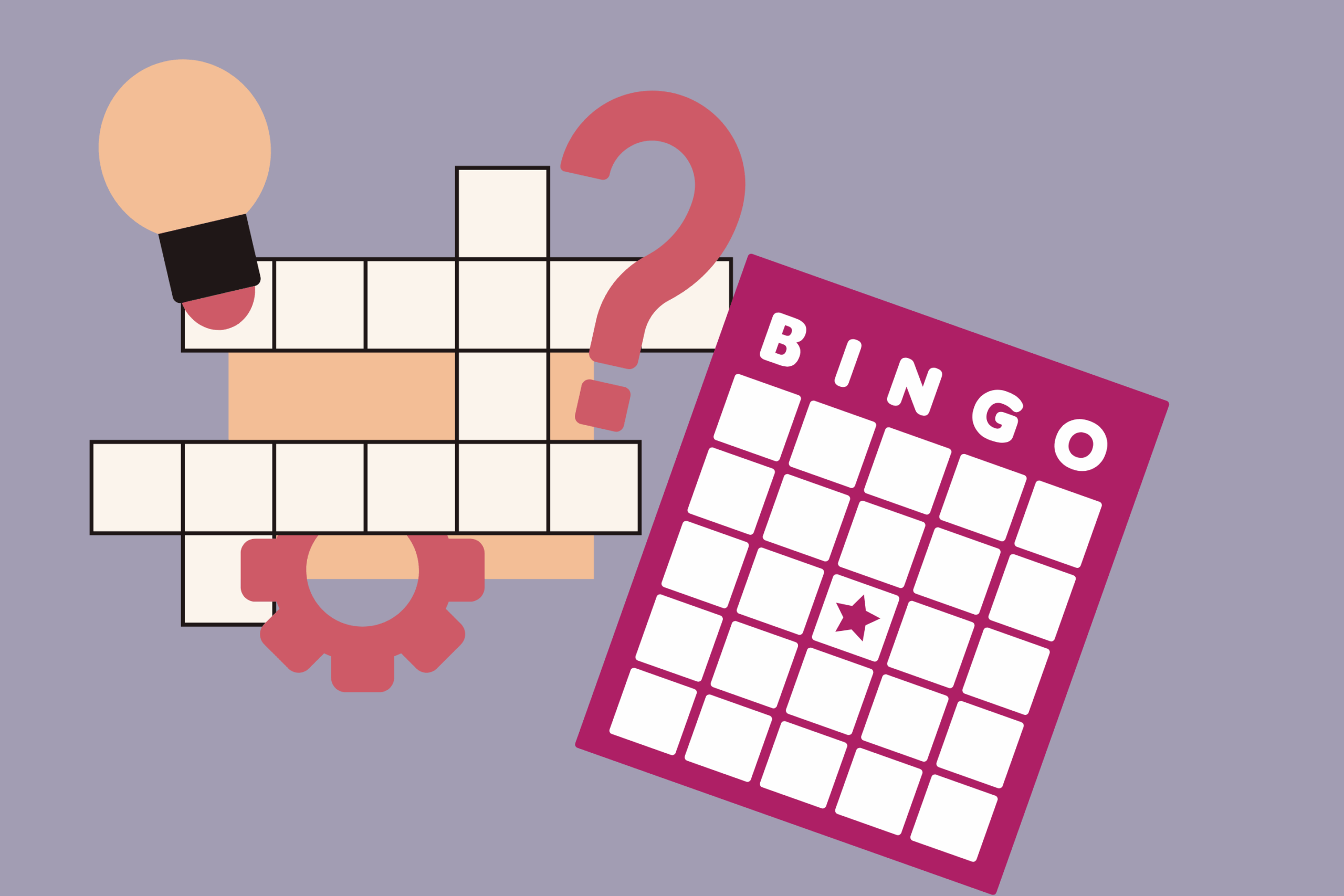
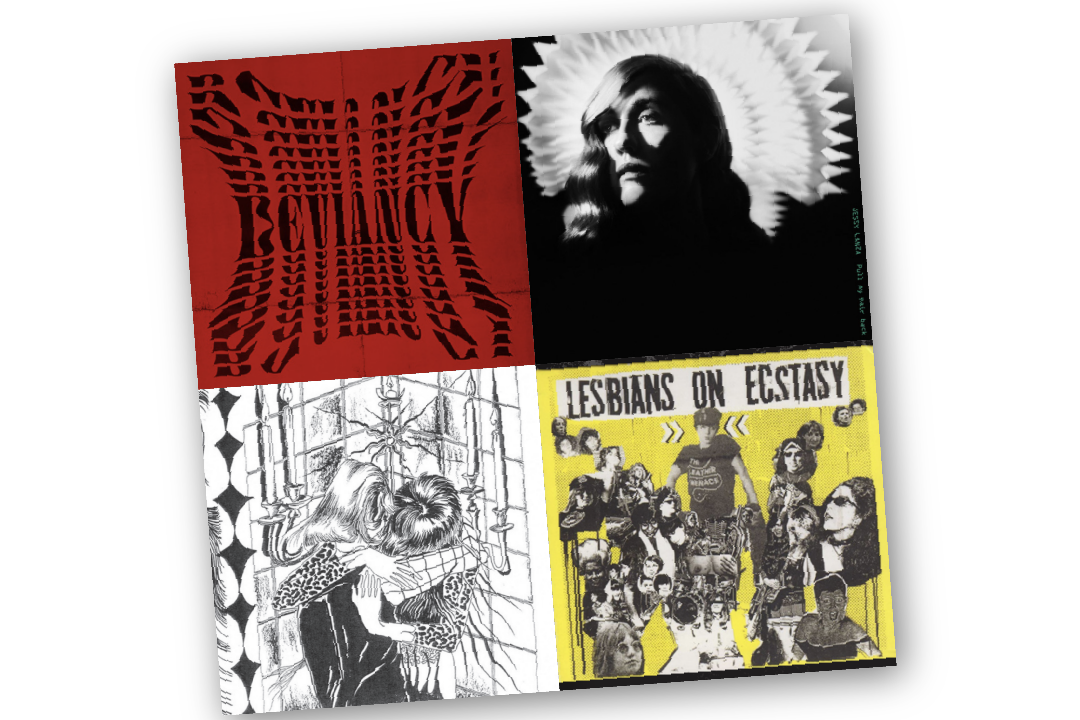
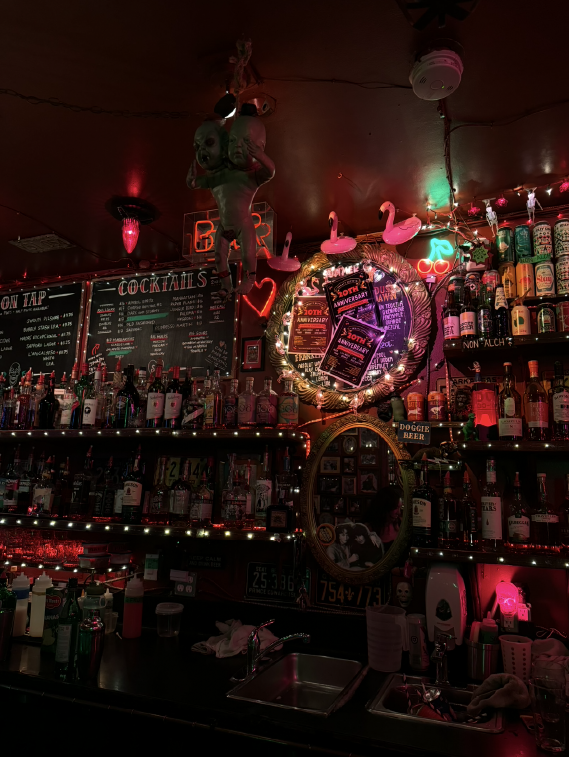
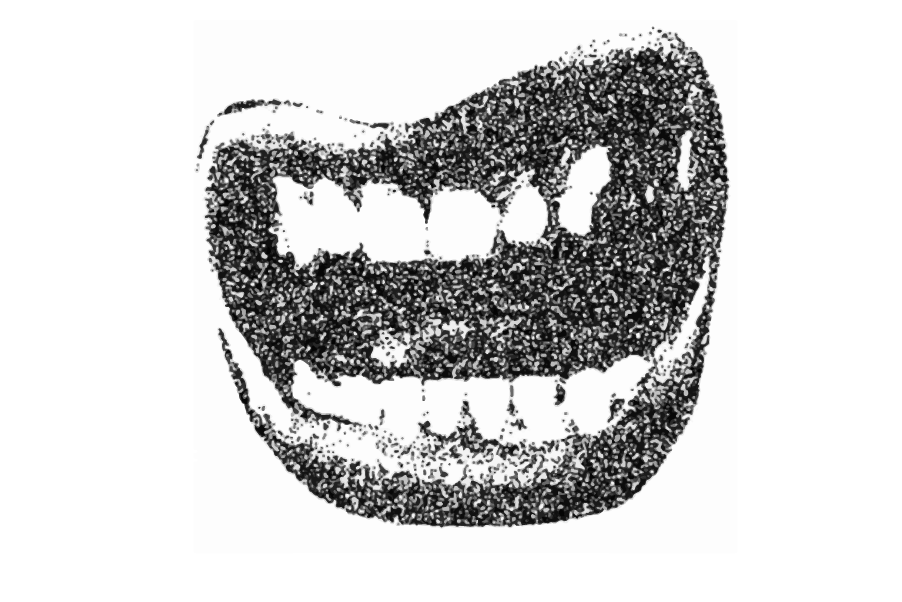
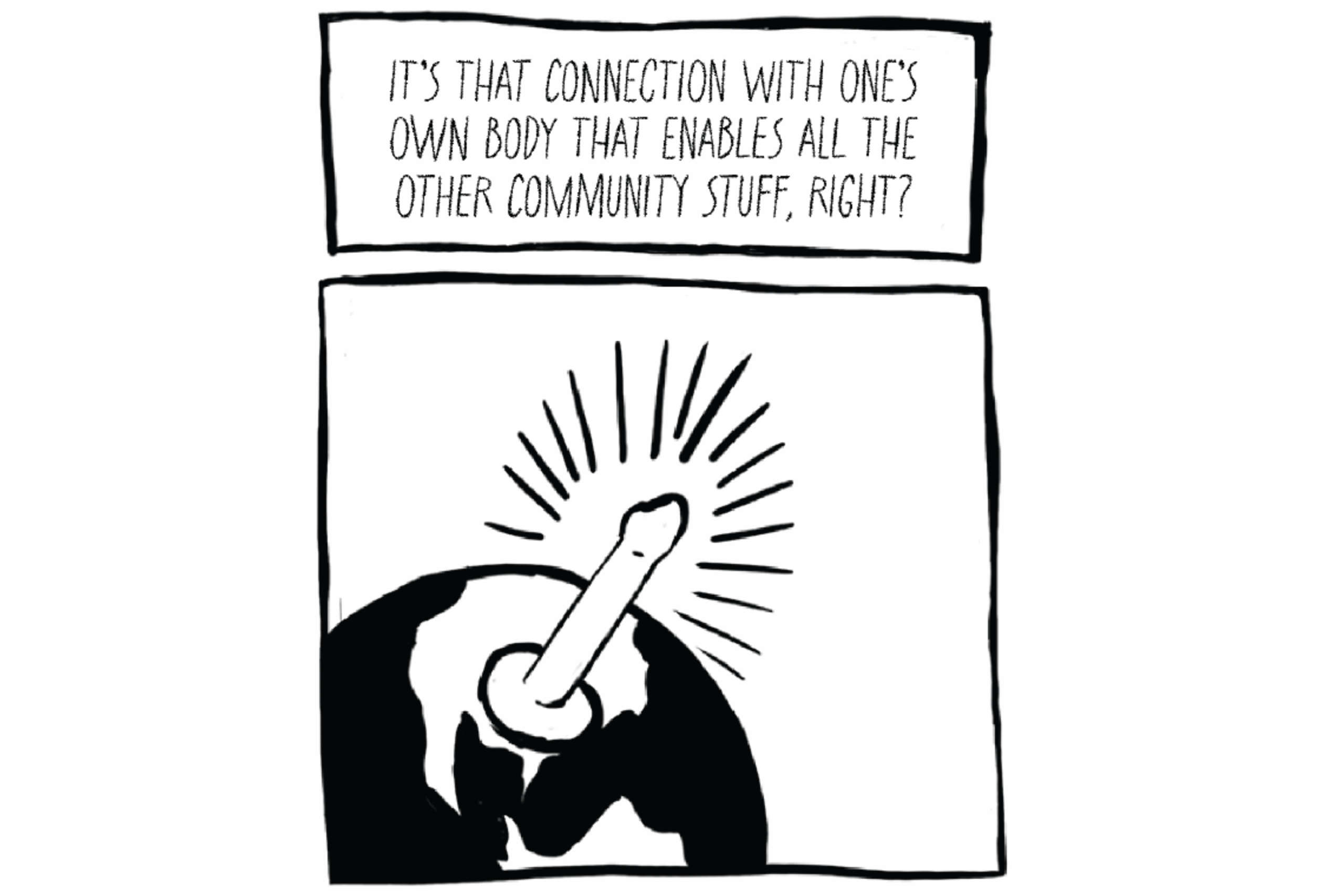
Leave a Reply